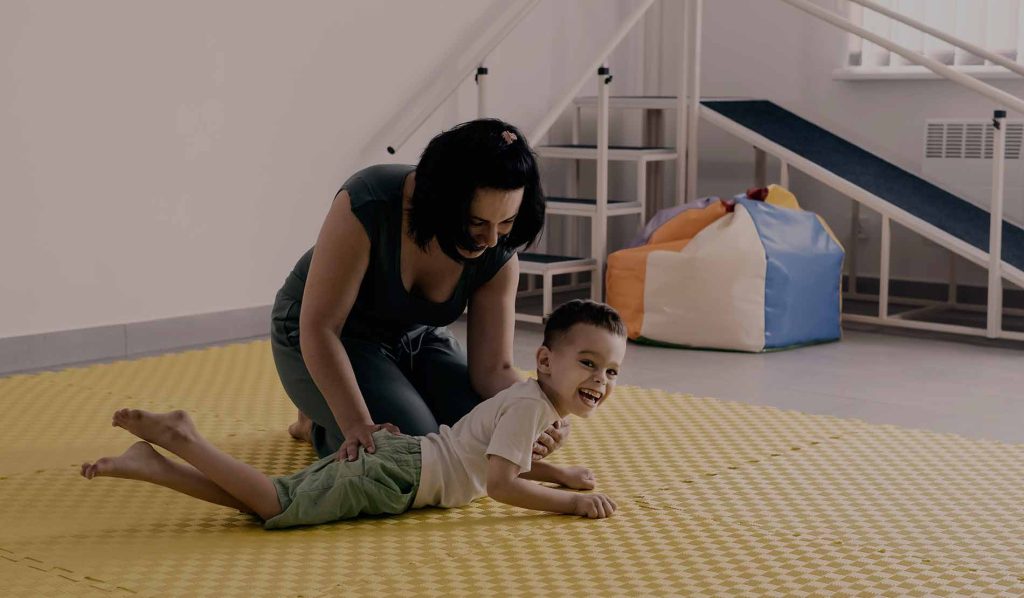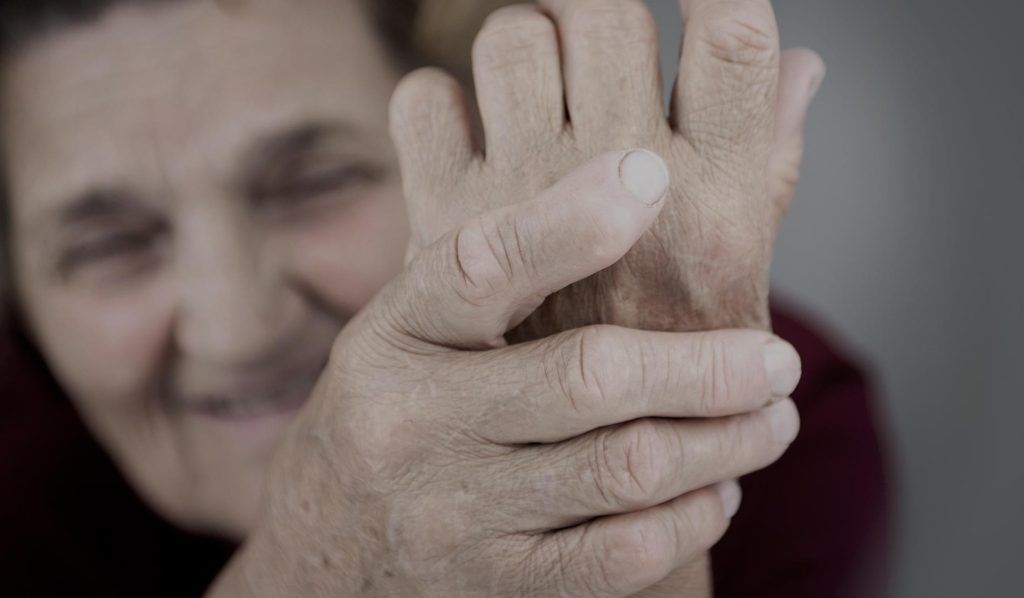Cell Therapy
Osteoarthritis, OA and stem cells
Osteoarthritis, OA is a degenerative condition that affects the joints 1. It is a chronic disease. Over time, the cartilage that protects the joints, and prevents one leg from rubbing against another, breaks down. This can cause the leg ends of the joint to come into contact and in some cases hook on to each other so that it cracks and snaps. In many cases OA causes pain, stiffness and finally immobility. The condition usually affects the hips, knees, and thumbs, but it can also affect the elbows, wrists, ankles, and fingers. Today there is no cure for OA, and it is treated with physical activity and exercise. There are also good complementary treatment methods to relieve pain and increase mobility, in various ways.
Cartilage does not contain any blood vessels or nerves.
Because of this, damaged cartilage takes much longer to heal, compared with other tissues that are supplied by blood. Cartilage cells are nourished by the fluid in the joint. This is where stem cell therapy comes into the picture. Mesenchymal stem cells (MSCs) are found in bone marrow 2, adipose tissue 3, teeth 4, umbilical cord 5 and cord blood 6. They can develop into many different types of specialized cells, including bone, cartilage and fat cells7. MSC also have the ability to suppress an overactive immune system and inflammatory processes.8
Stem cell therapy for OA is currently offered as an experimental treatment in many clinics around the world.
The MSCs are isolated from, i.e. umbilical cord tissue. The cells are prepared and a solution with the cells injected by a treating physician, into the affected joint, for example a knee joint.
The results of several studies with MSC for the treatment of OA are positive and show that the treatment can relieve pain and improve physical function without serious side effects 9-13.
Stem cell therapy is used for patients seeking innovative, non-surgical treatments for OA as well as many other orthopaedic applications.
References
- Hunter, D. J. & Bierma-Zeinstra, S. Osteoarthritis. Lancet 393, 1745-1759, doi:10.1016/S0140-6736(19)30417-9 (2019).
- Pittenger, M. F. et al. Multilineage potential of adult human mesenchymal stem cells. Science 284, 143-147, doi:10.1126/science.284.5411.143 (1999).
- Wagner, W. et al. Comparative characteristics of mesenchymal stem cells from human bone marrow, adipose tissue, and umbilical cord blood. Exp Hematol 33, 1402-1416, doi:10.1016/j.exphem.2005.07.003 (2005).
- Huang, G. T., Gronthos, S. & Shi, S. Mesenchymal stem cells derived from dental tissues vs. those from other sources: their biology and role in regenerative medicine. J Dent Res 88, 792-806, doi:10.1177/0022034509340867 (2009).
- Liau, L. L., Ruszymah, B. H. I., Ng, M. H. & Law, J. X. Characteristics and clinical applications of Wharton’s jelly-derived mesenchymal stromal cells. Curr Res Transl Med 68, 5-16, doi:10.1016/j.retram.2019.09.001 (2020).
- Erices, A., Conget, P. & Minguell, J. J. Mesenchymal progenitor cells in human umbilical cord blood. Br J Haematol 109, 235-242, doi:10.1046/j.1365-2141.2000.01986.x (2000).
- Dominici, M. et al. Minimal criteria for defining multipotent mesenchymal stromal cells. The International Society for Cellular Therapy position statement. Cytotherapy 8, 315-317, doi:10.1080/14653240600855905 (2006).
- Kim, D. W. et al. Wharton’s jelly-derived mesenchymal stem cells: phenotypic characterization and optimizing their therapeutic potential for clinical applications. Int J Mol Sci 14, 11692-11712, doi:10.3390/ijms140611692 (2013).
- Wang, Y. et al. [Curative Effect of Human Umbilical Cord Mesenchymal Stem Cells by Intra-Articular Injection for Degenerative Knee Osteoarthritis]. Zhongguo Xiu Fu Chong Jian Wai Ke Za Zhi 30, 1472-1477, doi:10.7507/1002-1892.20160305 (2016).
- Vega, A. et al. Treatment of Knee Osteoarthritis With Allogeneic Bone Marrow Mesenchymal Stem Cells: A Randomized Controlled Trial. Transplantation 99, 1681-1690, doi:10.1097/TP.0000000000000678 (2015).
- Koh, Y. G., Kwon, O. R., Kim, Y. S. & Choi, Y. J. Comparative outcomes of open-wedge high tibial osteotomy with platelet-rich plasma alone or in combination with mesenchymal stem cell treatment: a prospective study. Arthroscopy 30, 1453-1460, doi:10.1016/j.arthro.2014.05.036 (2014).
- Matas, J. et al. Umbilical Cord-Derived Mesenchymal Stromal Cells (MSCs) for Knee Osteoarthritis: Repeated MSC Dosing Is Superior to a Single MSC Dose and to Hyaluronic Acid in a Controlled Randomized Phase I/II Trial. Stem Cells Transl Med 8, 215-224, doi:10.1002/sctm.18-0053 (2019).
- Lee, W. S., Kim, H. J., Kim, K. I., Kim, G. B. & Jin, W. Intra-Articular Injection of Autologous Adipose Tissue-Derived Mesenchymal Stem Cells for the Treatment of Knee Osteoarthritis: A Phase IIb, Randomized, Placebo-Controlled Clinical Trial. Stem Cells Transl Med 8, 504-511, doi:10.1002/sctm.18-0122 (2019).



